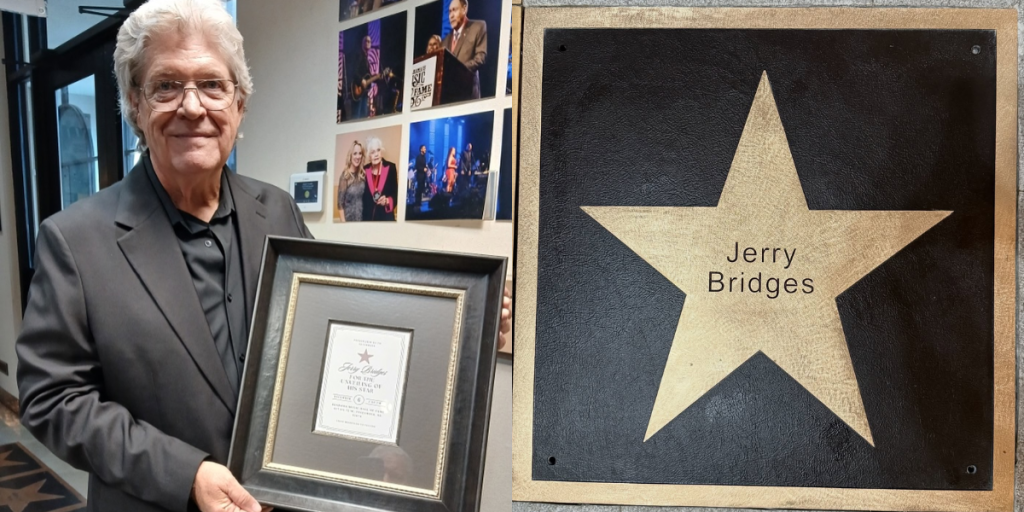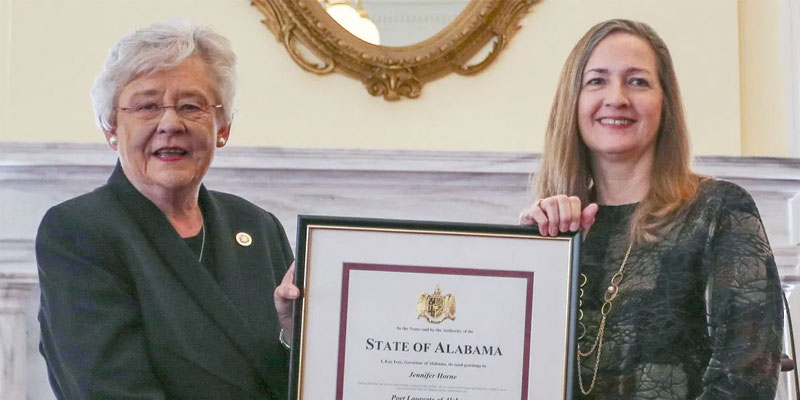The next time you’re straining to steer safely through a sudden thunderstorm, give thanks to the Alabama woman whose clever idea made the path forward a little easier.
Mary Anderson (1866-1953) is credited with designing the first operational windshield wiper, and she had the patent to prove it.
Anderson was born just after the Civil War on a family plantation in Greene County. After her father’s death, the family moved to Birmingham in 1889, according to an account of her life in the Encyclopedia of Alabama.
But it was during a snowy trolley ride in New York around the turn of the 20th century that Anderson got the notion for an invention that hundreds of millions of drivers rely on today to see the road ahead.
According to the Encyclopedia of Alabama account, the trolley had to stop several times during the snowstorm so the operator could get out and wipe the windshield by hand. The experience inspired Anderson to design a device similar to today’s windshield wiper.
Anderson had a model built of her invention, which she called “a window cleaning device” for electric cars and other vehicles. It featured a spring-loaded arm with a rubber blade, which would move across the windshield using a hand-operated lever inside the vehicle cab. She secured a patent for the device in 1903.
Anderson wasn’t the first person to patent a windshield-wiping device. Some reports give that credit to George Capewell of Hartford, Connecticut, who filed his version in 1896. There were others who patented similar devices around the same time as Anderson. But it was Anderson who was the first to actually manufacture one, according to various accounts.
She had a model built of the wiper, and it was effective when tested. But Anderson was unsuccessful in finding a company to purchase the patent or reproduce the device. Her dream of creating a windshield wiper industry died there.
One can’t help but wonder whether Anderson resented never making a penny on a device that became obligatory on almost every motorized vehicle. It was Cadillac that led the way, making windshield wipers a standard device on all its models in 1922.
Anderson got to see a lot of windshield wipers during her lifetime; she died in Birmingham in 1953 – 50 years after securing her patent. She is buried in Birmingham’s Elmwood Cemetery.
According to a 2018 report in Business Wire, the “aftermarket” for replacement wiper blades in North America alone topped $883 million in 2016. The report projected the market would reach $1.04 billion by 2023.
So, no profits for Anderson, but some level of fame. In 2011 she was inducted posthumously into the National Inventors Hall of Fame.
Throughout March, Alabama NewsCenter is recognizing Alabama women of distinction, past and present, in celebration of Women’s History Month.
(Courtesy of Alabama NewsCenter)













